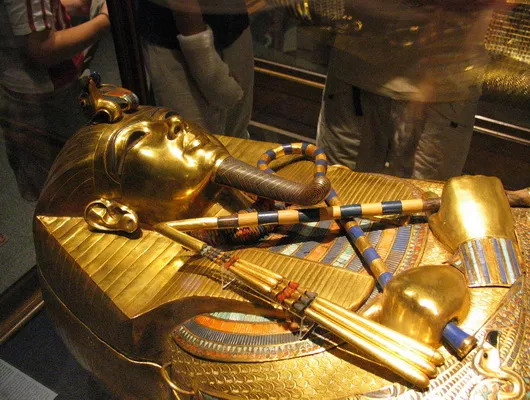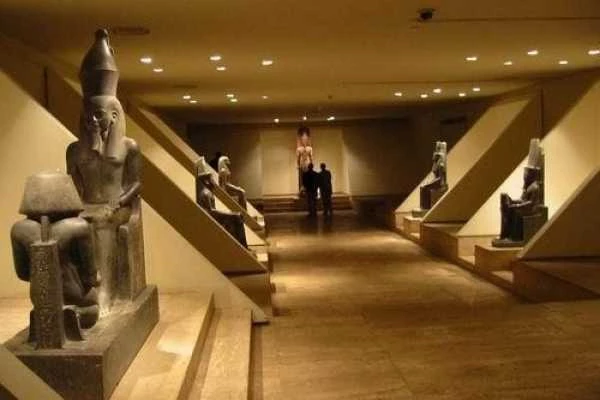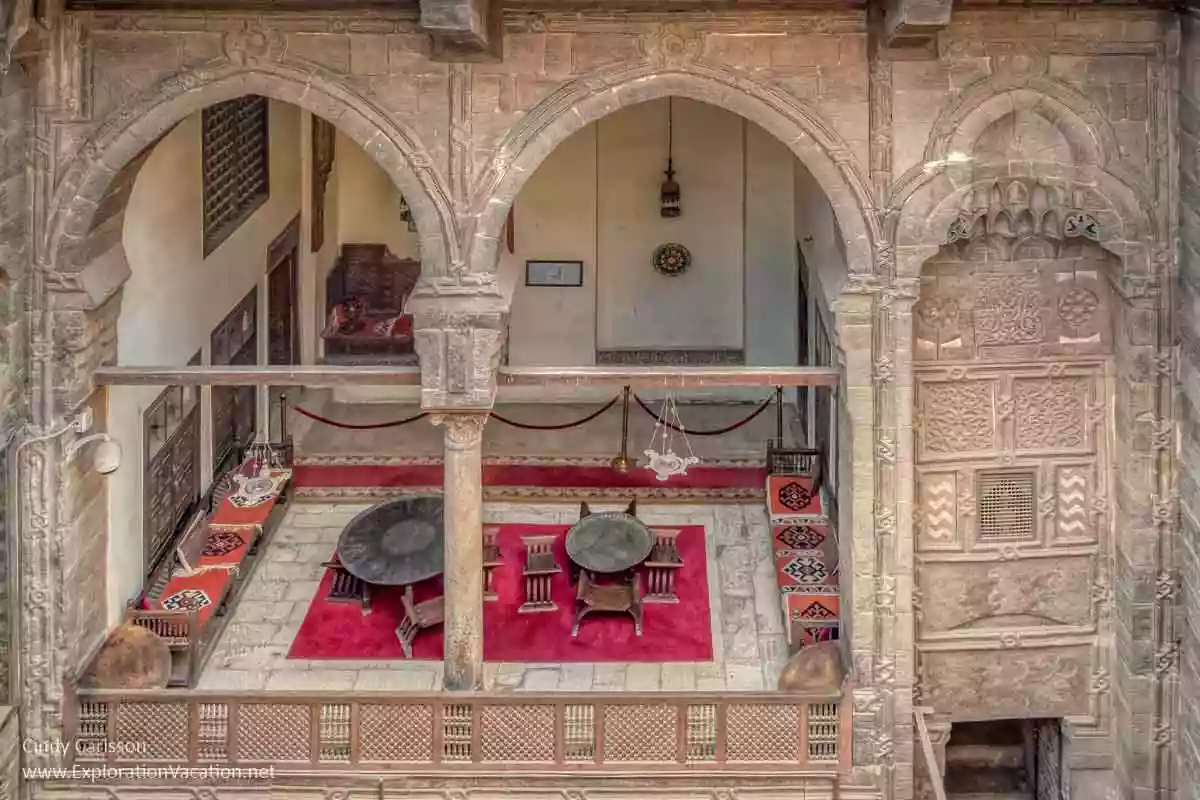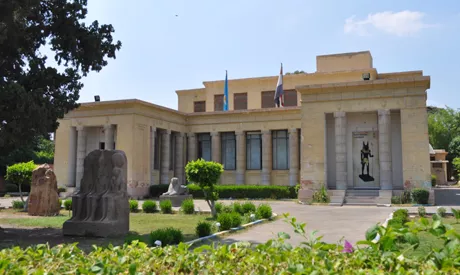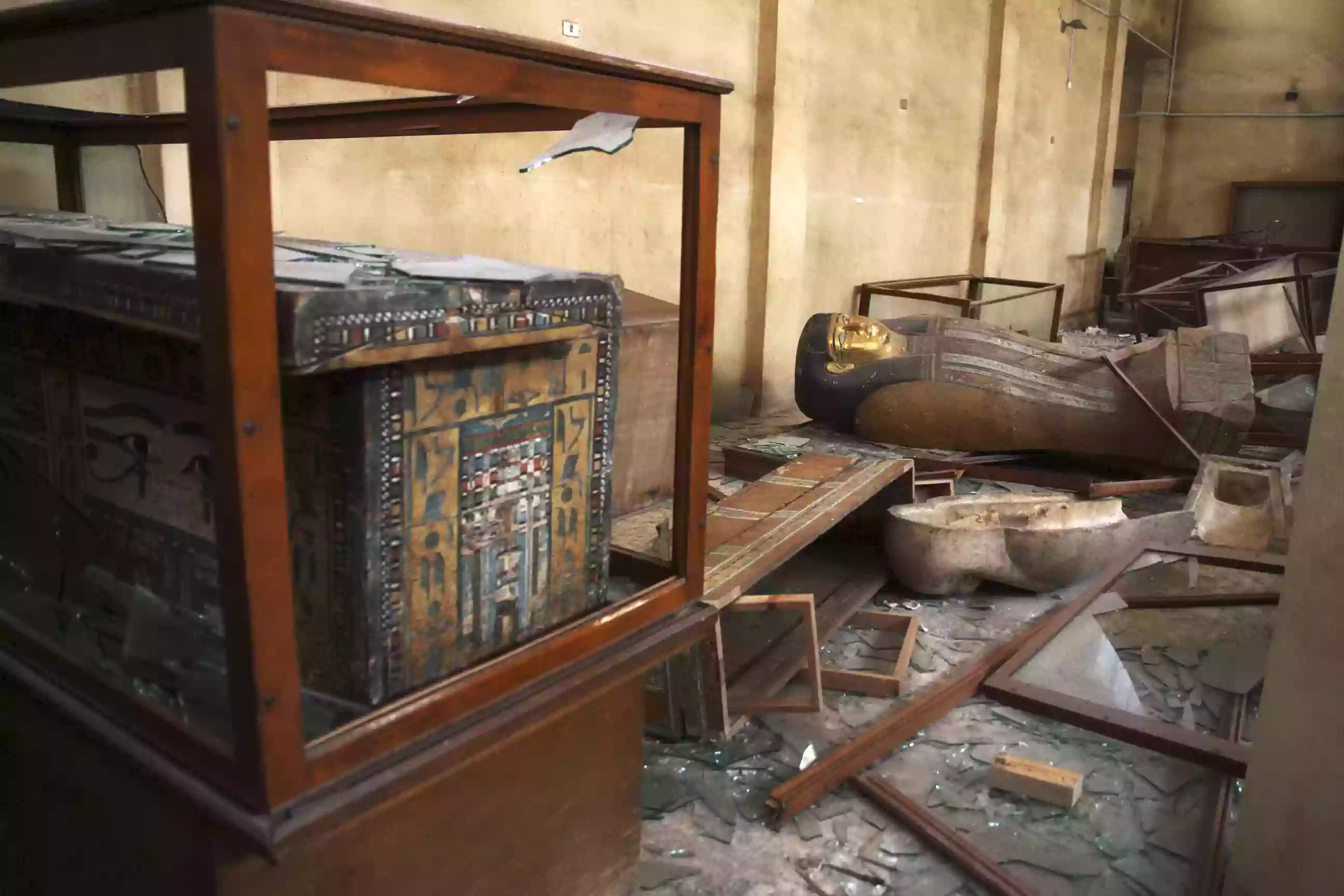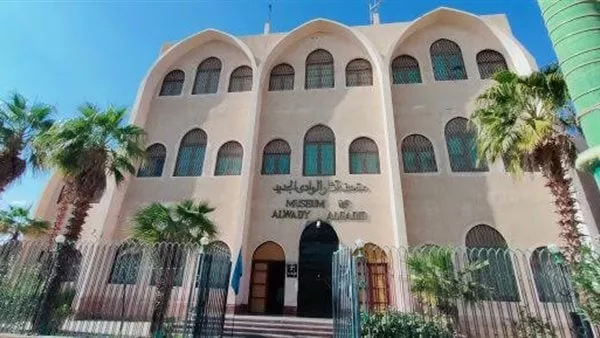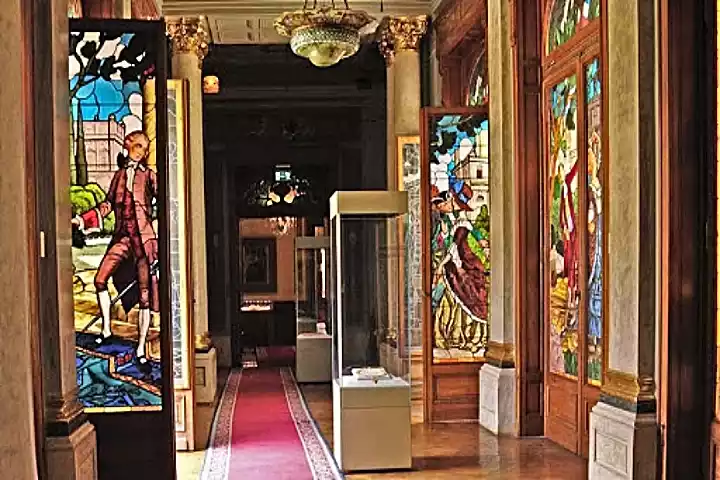The Egyptian Postal Museum: A Journey Through History

The Egyptian Postal Museum, located in the bustling Ataba Square in Central Cairo, is a hidden gem that takes visitors on a fascinating journey through the history of communication and postal services in Egypt. This often-overlooked museum is housed on the second floor of the Central Post Office building. Although it may not be as well-known as some of Egypt's other attractions, it offers a unique insight into the country's rich postal heritage.
The Museum's History and Development
The Egyptian Postal Museum was established in February 1934 and opened publicly in January 1940. Over the years, the museum has evolved from a simple stamp exhibit to a comprehensive collection showcasing the development of postal services in Egypt from ancient times to the modern era.
The museum covers an area of 543 square meters and boasts over 1,254 exhibits arranged in ten distinct sections. These sections include a historical section, a section for postal equipment, one for stamps, another for postal buildings, one for transport, an area for costumes, a section for maps and statistics, one for air mail, a team for conferences, and finally, a section for foreign correspondence.
Postal Services in Ancient Egypt
Egypt has a long history of postal services, dating back to the Pharaonic Old and Middle Kingdoms. Pharaonic inscriptions on monuments indicate that Egypt maintained political and trade relations with neighboring countries, including kings and rulers.
The first document indicating the use of post dates back to 2000 BC. This document is a will sent by a writer to his son, emphasizing the importance of writing and the bright future of a writer in government posts.
One of the oldest examples of correspondence in the museum is a group of messages found in Tel Al Amarna in northern Upper Egypt. These clay letters, written in cuneiform, are a record of political correspondence done by Aminophis (1364 BCE) from the city of Thebes to "Akhotaton" (Al A'marna), the new capital. Similar letters were exchanged between Aminophis III and IV (1405-1352 BC) and between Pharaohs and Hittite, Assyrian, Babylonian, and Sicilian kings.
Most likely, mail during the Pharaonic era was distributed by pedestrian mail carriers who traveled along the Nile and followed the paths of caravans and armies when sending messages abroad.
Roman and Ptolemaic Postal Services
Historians agree that the Persians were the first to adopt a postal system in their country, which was later developed by the Ptolemies in Egypt. The Ptolemaic postal system had two categories:
Express post: This service carried the letters of kings, ministers, and top officials by men on horseback.
Regular post: This service carried letters of government employees and ordinary people by pedestrian mail carriers and beasts of burden.
This system was adopted in Egypt throughout the Roman era and the early days of the Islamic period.
Postal Services from the Arab Conquest to the Modern Age
During the Islamic era, the implementation of a postal system is credited to the Caliphate Mo'awia Bin Abi Sufian. Horses transported messages and exchanged at specific intervals, giving rise to an "express post" service. In contrast, camels were used for regular posts, and government servants ensured the availability of fresh animals for the subsequent stages of the journey.
The most significant main line in Egypt connected Lower Egypt to Syria. When Egypt gained independence from the Caliphate rule, the new rulers abolished the Caliphs' postal system. They introduced a unique method where mail carriers on foot were responsible for delivering mail.
The tax collecting office conducted postal services, and the person in charge was known as the "Al Dowidar" or the "Prince of the Mail." The mail was personally distributed by an assistant named "Katib Al Sir." Postmen wore a brass badge, about the size of one's palm, engraved on one side with the words "There is no god but Allah, and Mohammed is His Prophet." The other side of the badge displayed the inscription: "His Majesty the Sultan, King of the World, Sultan of Islam and Muslims, The Son of the Martyr Sultan." This brass badge was attached to a scarf worn around the postman's neck, distinguishing them as postal workers.
Khedive Ismail and the Modernization of Postal Services
From 1863 to 1879, Khedive Ismail of Egypt believed the postal service should be a government-run public utility. To put this belief into action, he negotiated the acquisition of a private European post company, successfully purchased on October 29, 1864. On January 1, 1865, the
Egyptian Post Department was established, with its headquarters remaining in Alexandria due to the city's significant trade activities. Foreign seals were promptly replaced with new ones bearing the name of the Egyptian Postal Department.
In January 1866, the Egyptian government commissioned printing the first set of Egyptian stamps in seven different categories, with the task being carried out in Genoa, Italy. Initially affiliated with the Ministry of Finance in 1865, the Post Department was transferred to the Ministry of Justice in 1875. In 1882, a dedicated building for the department was constructed in Alexandria.
Recognizing the growing trade relations between Egypt and the rest of the world, a navigation line named The Khedive Company was established in 1865. This company facilitated the transportation of goods and correspondence to ports in the Mediterranean and Red Sea. To serve the needs of merchants, post offices were opened by Khedive Ismail, not only within Egypt but also in countries situated to the east of the Mediterranean Sea, along the Red Sea, and in Sudan.
The Establishment of the Communications Administration
In 1919, during King Fouad's reign (1917-1935), a new administration for communications was established, comprising railways, telephone, telegram, postal services, and roads and bridges. In 1931, the Postal Department was transferred to Cairo at its present location at Al-Ataba Square, one of the oldest squares in the city.
The museum was established during King Fouad's reign, who was an avid stamp collector. His enthusiasm for stamps led to the creation of the Postal Museum, which opened to the public in 1940. The museum has since grown and expanded, now offering a vivid record of the development of postal services in Egypt over the years.
The Museum's Ten Sections and Exhibits
The collection at the Egyptian Postal Museum includes over 1,200 exhibits, meticulously categorized into ten sections. These sections provide comprehensive insights into the development of communication, transportation, postal equipment, local and international stamps, uniforms, postal buildings, rare letters, and maps.
Historical Section
This section showcases the long history of postal services in Egypt, from the Pharaonic era to the modern age. Beautifully preserved artifacts, documents, and pictures illustrate how messages have been delivered throughout Egypt's history.
Postal Equipment Section
The displays in this area showcase the development of postal tools utilized for message delivery in Egypt. Examples include leather mailbags, authentic postal uniforms, badges, seals of different shapes and sizes, and various letterboxes, with some dating as far back as 1894. These items represent the diverse collection of postal paraphernalia exhibited here.
Stamps Section
The museum has a vast assortment of local and international stamps, which exhibit the artistic designs and historical importance of these small paper items. This section also features valuable sets of stamped envelopes from foreign nations and an impressive exhibit of commemorative stamps, including those from King Farouk's coronation and the initial Egyptian stamp collection (1867-69).
Postal Buildings Section
This section features models and miniature scenes of post offices from different Egyptian cities, such as Damietta, Upper Egypt, and Alexandria. It demonstrates how post offices have evolved and adapted their architecture to serve the needs of their communities.
Transport Section
The Transport section of the museum highlights the various methods used to deliver mail throughout the centuries. This section showcases the ingenuity and resourcefulness of postal services in finding new ways to transport messages, from horses and camels to helium balloons and carrier pigeons.
Costumes Section
The Costumes section displays original postal worker apparel from Egypt and worldwide and miniature statues of postal workers wearing uniforms from Roman times to the present. This section offers a unique insight into the changing fashions and styles of postal workers throughout history.
Maps and Statistics Section
In this section, you can find maps and statistical information about the postal services in Egypt. A map showcasing the route of carrier pigeons during the Mamluk era is of particular interest. The museum also explores the progress of communication through various modes of transport, such as wheels, motors, water, and wind. Extensive exhibits include models of trains, ships, airplanes, trucks, vans, bicycles, a felucca, and a horse-drawn boat.
Air Mail Section
The Air Mail section of the museum offers a glimpse into the history of air mail services in Egypt. Exhibits include early airmail stamps, envelopes, and other related items that showcase the development of this once-cutting-edge method of communication.
Conferences Section
In this section, we emphasize the different conferences and meetings regarding postal services and communication that take place both in Egypt and across the globe. The significance of global cooperation and collaboration in advancing postal services is underscored.
Foreign Mail Section
The Foreign Mail section of the museum showcases the mail exchange between Egypt and other countries. It features a wide range of stamped envelopes, letters, and other items related to international correspondence, highlighting Egypt's long-standing connections with the rest of the world.
Visiting the Egyptian Postal Museum
The Egyptian Postal Museum is a hidden gem that is worth a visit for visitors of all ages, including children as young as five. It offers an outstanding educational experience for students interested in Egypt's communication and transportation history. However, it is essential to note that most explanations and labels are in Arabic.
Head to the Central Post Office on Ataba Square to visit the museum. Look for the "Main Post Office" door to purchase tickets at the commemorative stamp office on your right. This is also where you can buy unique edition stamps. Once you have your tickets:
1. Exit the building.
2. Look for the door marked "L'Organisme Nationale des Postes."
3. Step inside and enter the fascinating world of communication.
The Postal Museum is open from Sunday to Thursday, between 9 a.m. and 4 p.m. Admission prices are EGP 5 for students, EGP 10 for adults, and EGP 50 for foreigners. Take advantage of this hidden gem and immerse yourself in the captivating history of Egypt's postal services.

